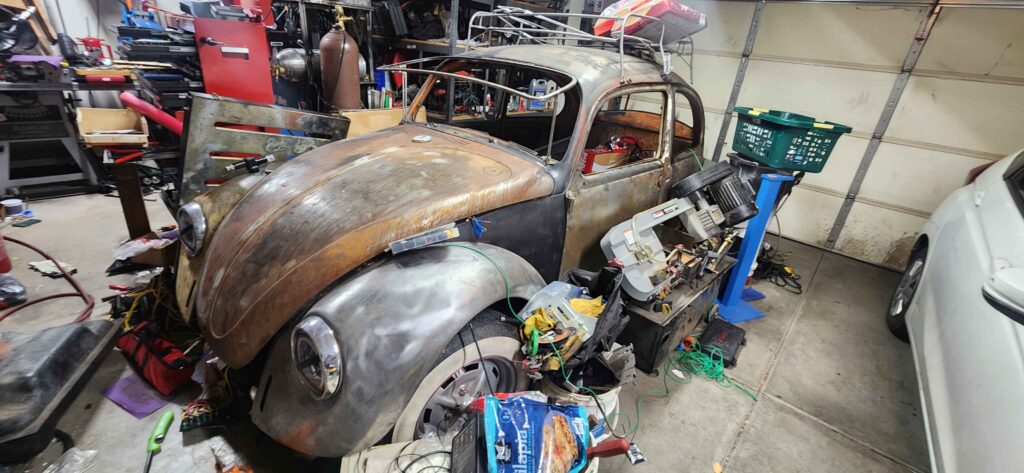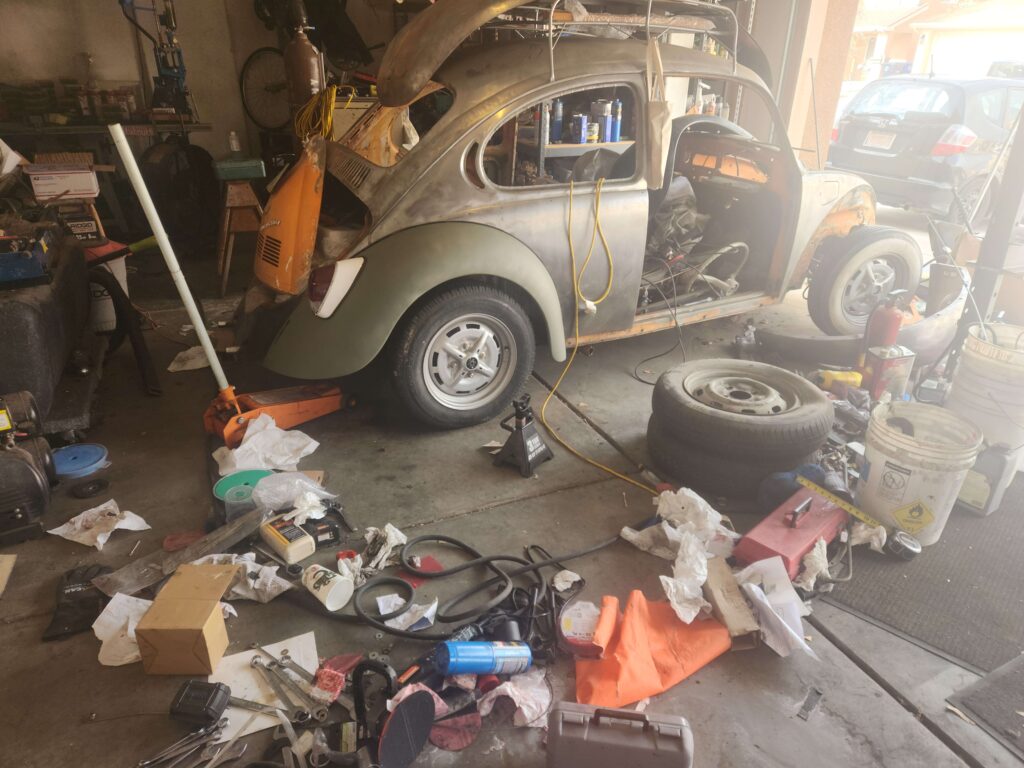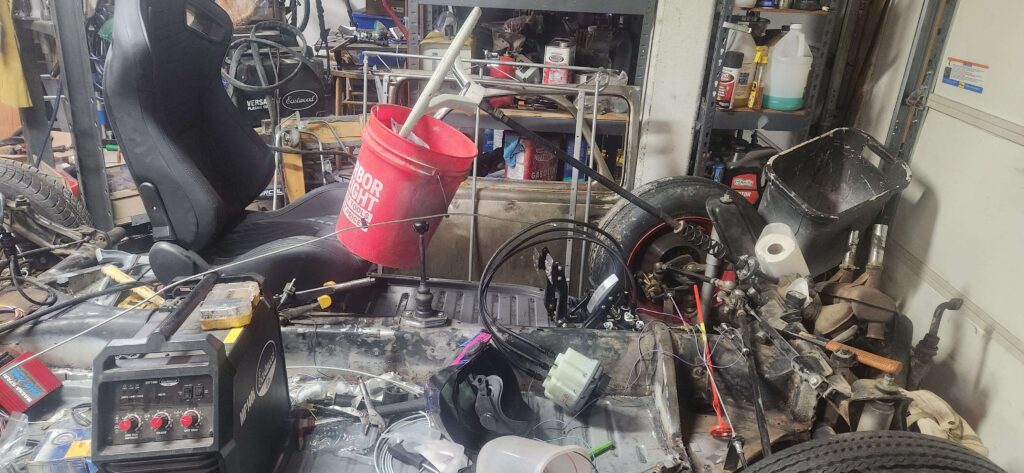Ahoy! My name is Nicholas Bacon; I’m the student always in the overalls. It’s a personality and nothing else. A little about me and why I took this class: I am a PhD student under Patric Bridges doing research in the HPC space. My current research focuses on optimizing network-bound applications through analysis using sampling and simulation techniques. Why I chose to take this class… I saw the word ‘fabrication’ and wanted to do it. In what little free time I have, I like to play in my garage doing home machining, auto restoration, and auto fabrication. These activities are more than just hobbies and a way to unwind… They have become my life, likely due to some sunk cost fallacy. Case in point: My 1974 Volkswagen Bug is $15,000(last time I check and I stopped checking) over budget, and I’m about 1,000 days into this simple two-week project.





A thing that needed computational design that I found interesting was a team of Japanese and British researchers used a gelatinous fungus-like mold to mimic the designs of the Toyoko railways in less then 48 hours. To do these experments they drop oats on strategic spots and use boundaries, walls, barriers to repent land scape or a problem like a maze. The Fungus is starts with a broad BFS search looking for nodes(more oats) then starts to prun its self into the most efficient way to maxumize the nutrants traving to the starting node repsenting a minimum spanning tree . The Fungus is (in this youtube video https://www.youtube.com/watch?v=RVe94qa1ar4) shown with a few examples like solving mazes, mimic Toyoko railways and french roadways. It amazing what a brainless fungus can do with the only motivation of food.
read more here: https://www.eurekalert.org/news-releases/900672
https://www.science.org/doi/10.1126/science.1177894

sourse: https://www.eurekalert.org/news-releases/900672 via Science AAAS
Hey Nicholas! I think that the slime mold project is super cool, it’s wild how something so simple can solve complex problems like network design. And the use of slime molds to mimic those complex network designs is fascinating its amazing how nature can inspire and solve problems in such innovative ways. It’s awesome to see how your work in HPC and your hands-on hobbies come together. Thanks for sharing.
Hello Nicholas! Thank you for mentioning your overalls, I know exactly who you are now! I have heard of that project before and think it is such an innovative solution to the railway organization. Glad to see it pop up in the context of this class!
Hi! I’ve heard of this research before and have always been super fascinated by it. Being able to use something from the natural world and see it utilize something that is part of the man made digital wold, in this case BFS, is so cool. I would be curious what research has been done on the fungus itself to see how it is able to implement this idea to find the most efficient feeding routes.